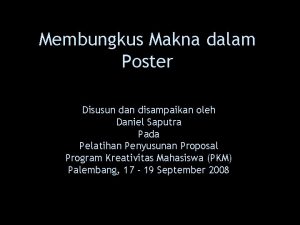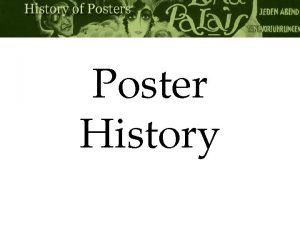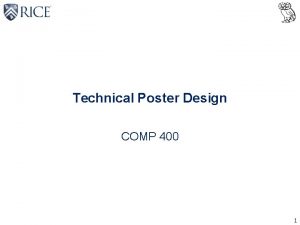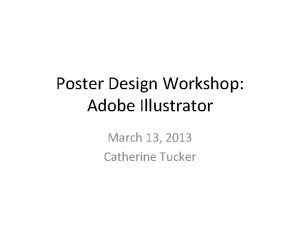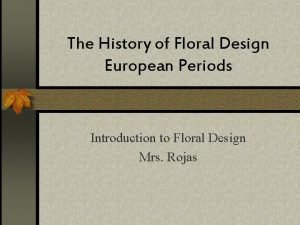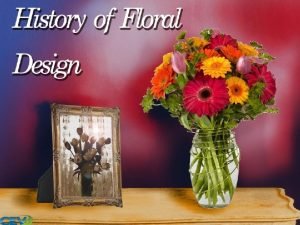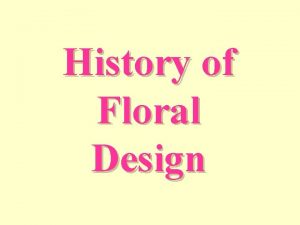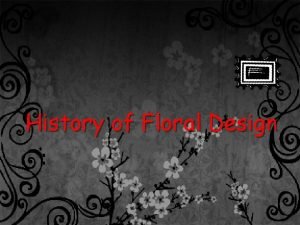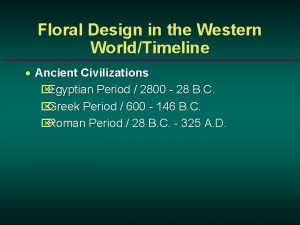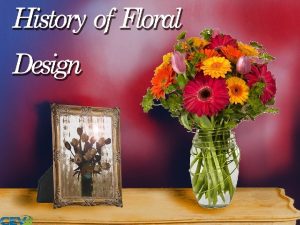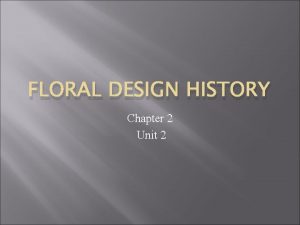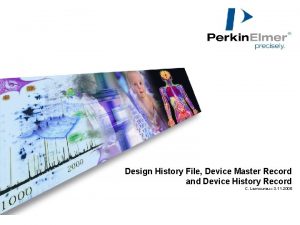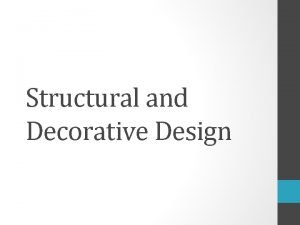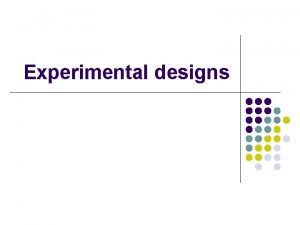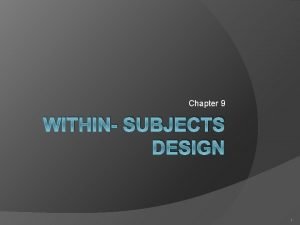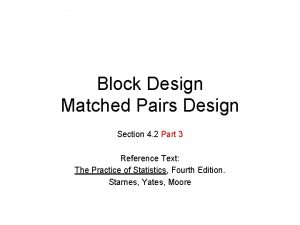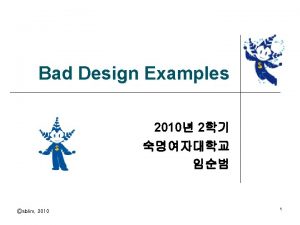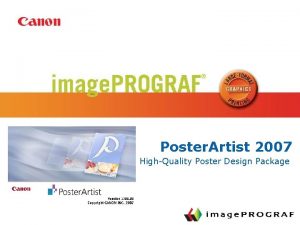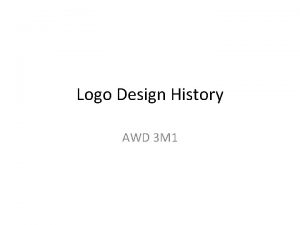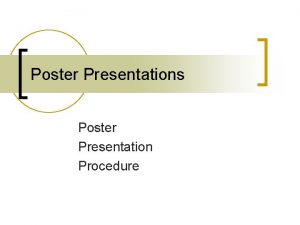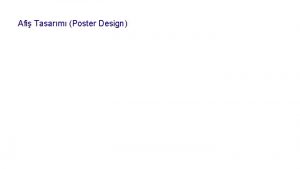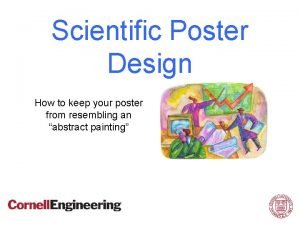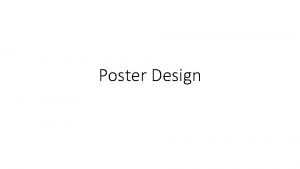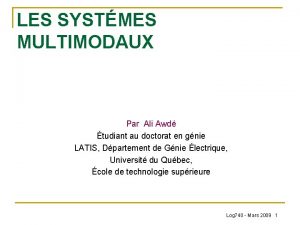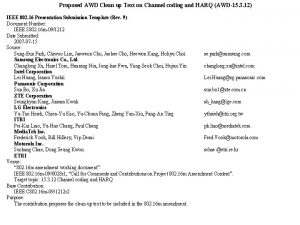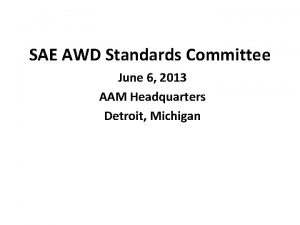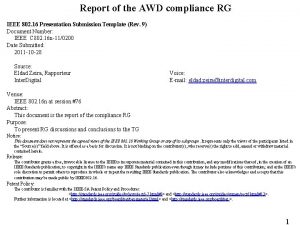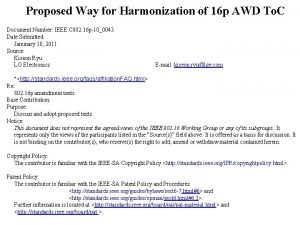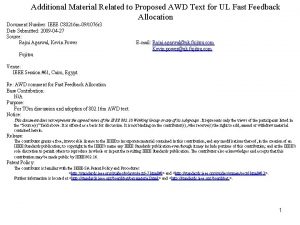12 A History of Poster Design AWD 4

































- Slides: 33

12 A History of Poster Design AWD 4 M 1

In 1891, Toulouse-Lautrec's extraordinary first poster, Moulin Rouge, elevated the status of the poster to fine art and touched off a poster craze. During the 1890 s, called the Belle Epoque in France, poster exhibitions, magazines and dealers proliferated; Toulouse Lautrec 1891

At the 1867 World’s Fair in Paris, Japan exhibited a wide range of decorative objects and art, including bronzes, brush paintings, textiles, ceramics, and the popular ukiyo-e woodblock prints. In attendance was an emerging group of avant-garde artists, soon to be known as the Impressionists Toulouse Lautrec 1892 . They were awed by what they saw and took special note of the ukiyo-e prints, which many of them voraciously collected. The motifs and techniques they observed in the prints—a focus on nature and everyday scenes, as well as compositional methods of extreme cropping, unusual vantage points, and depth created through broad planes of color instead of point perspective—greatly influenced their own work. By 1872, a new term was coined to describe the craze for all things Japanese: Japonisme.

The Great Wave Hokusai French artist Henri de Toulouse-Lautrec (1864 -1901) was a collector of Japanese prints and routinely applied the visual language of Ukiyo-e to his prints and paintings. This portrait of a nineteenth-century French actress Marcelle Lender draws on many of the conventions of Ukiyo-e actor prints--the highly stylized pose, bold colors and patterning, flattened perspective, and asymmetrical composition

Style: Art Nouveau Characteristics: intricate designs based on plant qualities -lines look like vines Just three years later, Alphonse Mucha, a Czech working in Paris, created the first masterpiece of Art Nouveau poster design. This flowering, ornate style became the major international decorative art movement up until World War I. . Alphonse Mucha 1894 *pronounced Muxa

Alphonse Mucha 1898

The Kiss a central image of Jugendstil, the German counterpart of Art Nouveau The Kiss Peter Behrens 1898

Julius Klinger 1900

Style: Art Nouveau gets tiring and artists were transforming Art Nouveau's organic approach. These schools rejected curvilinear ornamentation in favor of a rectilinear and geometric structure based on functionalism. Theophile Steinlen 1896

Style: Plakatstil (Poster Style) -characterized by an emphasis on flat colours and shapes -work was abstract, more in line with modern visual language Ludwig Holhlwein Daimler, Mercedes 1926

Style: Plakastil Specific Style: Sachplakat (Object poster) -simplified to image of product and the brand name Lucian Bernhard 1906

Lucian Bernhard 1908 *also type designer of fonts whose name start with Bernhard

Style: Art Deco -Art Nouveau style too flowery in industrial time & the time of Cubism & Futurism -simplified shapes and replace curvy lettering with Sleek, angular ones -Cassandre uses air brush as medium and his posters Become icons of the Industrial Age -the first graphic design courses begin in Europe *key moment in the transition from illustration to Graphic design in advertising -Cassandre’s work has really dynamic compositions, Abstract geometry and bold typography that were Integrated into the image. A. M. Cassandre 1935

Cassandre became the first poster artist to be honored with a one-man show at New York's Museum of Modern Art in 1936. He is generally considered the greatest poster artist of the century. Many of his 60 plus original vintage posters are amongst the most expensive and sought after of all posters.

Style: Art Deco Celebrates the decadence and elegance of 1920 s and 1930 s Roger Broders c. 1930

World War 1 – poster’s role is huge as tool for propaganda -biggest advertising campaign to date -must use to raise $, recruit soldiers and volunteers and influence attitudes. Utilizing modern Madison Avenue techniques, America alone produced about 2, 500 striking poster designs and approximately 20 million posters - nearly 1 for every 4 citizens - in little more than 2 years. James Montgomery Flagg 1917

World War 2 Bring out the posters again for propaganda. Rosie Riveter J. Howard Miller 1942

Style: International Typographic Style The International Typographic Style, or Swiss Style, was also perfectly suited to the increasingly globally connected world. Highly structured, systematic designs granted order and clarity to everything from highways and airports to product instruction manuals. This style developed in Switzerland in the late '50 s and '60 s. It employed basic typographic elements with strict graphic rules and often replaced illustration with stark, "modern" photography. . Josef Muller Brockman 1951

Josef Muller Brockman 1955

Otl Aicher 1972

*first time the content of the movie wasn’t shown but rather the concept of the movie Saul Bass 1955

Saul Bass 1958

Saul Bass 1961

Jim Fitzpatrick 1967

Psychedelic Posters -clashing colours -type barely legible Art reacts to what came before it – art in the 1960 s is chaotic in response to the orderly work of the 1950 s. (influence of Surrealism, Pop Art & Expressionism) the Styles are more relaxed (intuitive) Wes Wilson 1967

Peter Max

Art reacts to what came before it – art in the 1960 s is chaotic in response to the orderly work of the 1950 s. (influence of Surrealism, Pop Art & Expressionism) the Styles are more relaxed (intuitive) Milton Glaser 1975

Heather Cooper 1977

*introduction of the personal computer allowed designers freedom to directly produce their own work Style: Post Modern – this describes the breaking of previous design rules April Greiman 1986

He is best known for his innovative magazine design, and use of experimental typography. his widely imitated aesthetic defined the socalled "grunge typography" era. [2] David Carson 2001

David Carson 2012

David Carson

Shepard Fairey 2008
 Perbedaan poster ilmiah dan poster umum
Perbedaan poster ilmiah dan poster umum What is history poster
What is history poster Technical poster design
Technical poster design Design workshop poster
Design workshop poster Gtt design process
Gtt design process Poster design nelson
Poster design nelson History also history physical
History also history physical Middle ages floral design
Middle ages floral design Early american period floral design
Early american period floral design Hsieh ho merged six cannons
Hsieh ho merged six cannons Classical revival floral design
Classical revival floral design Oriental influence on floral design
Oriental influence on floral design Floral design history
Floral design history History of wearing floral designs as personal adornment
History of wearing floral designs as personal adornment American federal floral design facts
American federal floral design facts Floral design
Floral design History of school design
History of school design Device history file
Device history file Visual communication design study design
Visual communication design study design Form design in system analysis and design
Form design in system analysis and design Structural and decorative design examples
Structural and decorative design examples 4 types of decorative design
4 types of decorative design Between subjects and within subjects
Between subjects and within subjects Process design and control design should always be in
Process design and control design should always be in Within subject design vs between subject design
Within subject design vs between subject design Within subject design vs between subject design
Within subject design vs between subject design Matched pairs design diagram
Matched pairs design diagram User interface design in system analysis and design
User interface design in system analysis and design Matched pair design
Matched pair design Interior design lecture notes+ppt
Interior design lecture notes+ppt Good design and bad design examples
Good design and bad design examples Repeated measures design
Repeated measures design Dialogue design in system analysis and design
Dialogue design in system analysis and design What does product and service design do
What does product and service design do
